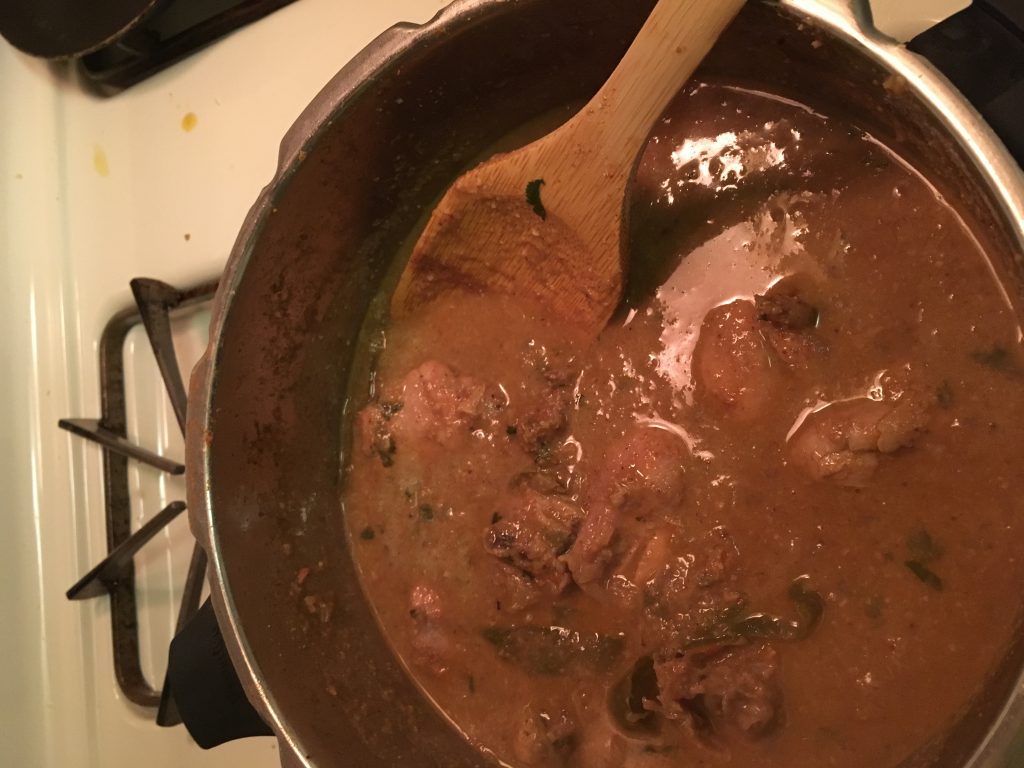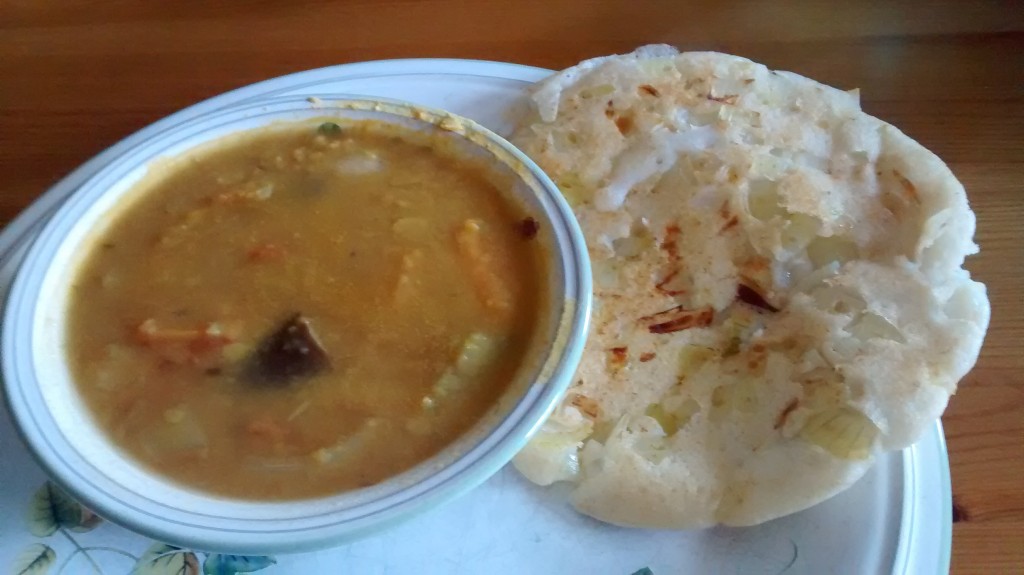 In April of 2021, I was home in India visiting family. I came upon this article in The Hindu.
In April of 2021, I was home in India visiting family. I came upon this article in The Hindu.
In the ‘exchange trade practice’, the middlemen have the privilege of deciding the worth of the forest produce, exploiting the tribals who run after them for various commodities
I’d been thinking for a while around food equity and who is doing the work to feed people and who benefits off of other folks’ work without much value add. I was also reading Bread, Wine and Chocolate by Simran Sethi, which gave me a good framework to position these ideas and feelings within.
I was getting to the point where simply consuming content and ideas without adding my own ideas/voice/actions would make me complicit in ongoing food injustices. Seeing this article in the newspaper, given the amount of privilege I had in India, motivated me to start actively planning an intervention of some sort in this field.
This field is ripe for change, given the work folks like Aditya Raghavan, Garima Arora, Foodforward India and Thomas Zacharias (+ many many many more) were doing in India (to highlight indigenous ingredients from India) along with work Sana Javeri Kadri of Diaspora Co has been doing in the US (to build markets and an customer base around these beautiful ingredients).
As I see it there’s a few well documented problems
1. Food growers not getting a fair price for their produce. What is fair price? Is it one that covers their cost, along with some safety nets in place? Does it provide insurance against climate change and bad weather?
2. Disconnectedness from food (You don’t know where this food is from)
3. Food as a traded “commodity” priced according to options purchased on commodities exchanges in London and New York
4. Pesticide concentration up the food chain to humans (Organic isn’t necessarily better unless the farmer is supported against crop failures and risk)
There’s also a few open questions
1. Foraging vs. Farming (Diversity vs. Efficiency)
… (To be expanded)
I’ll be outlining some of the thoughts I’ve been having over the past few months in a series of posts.




